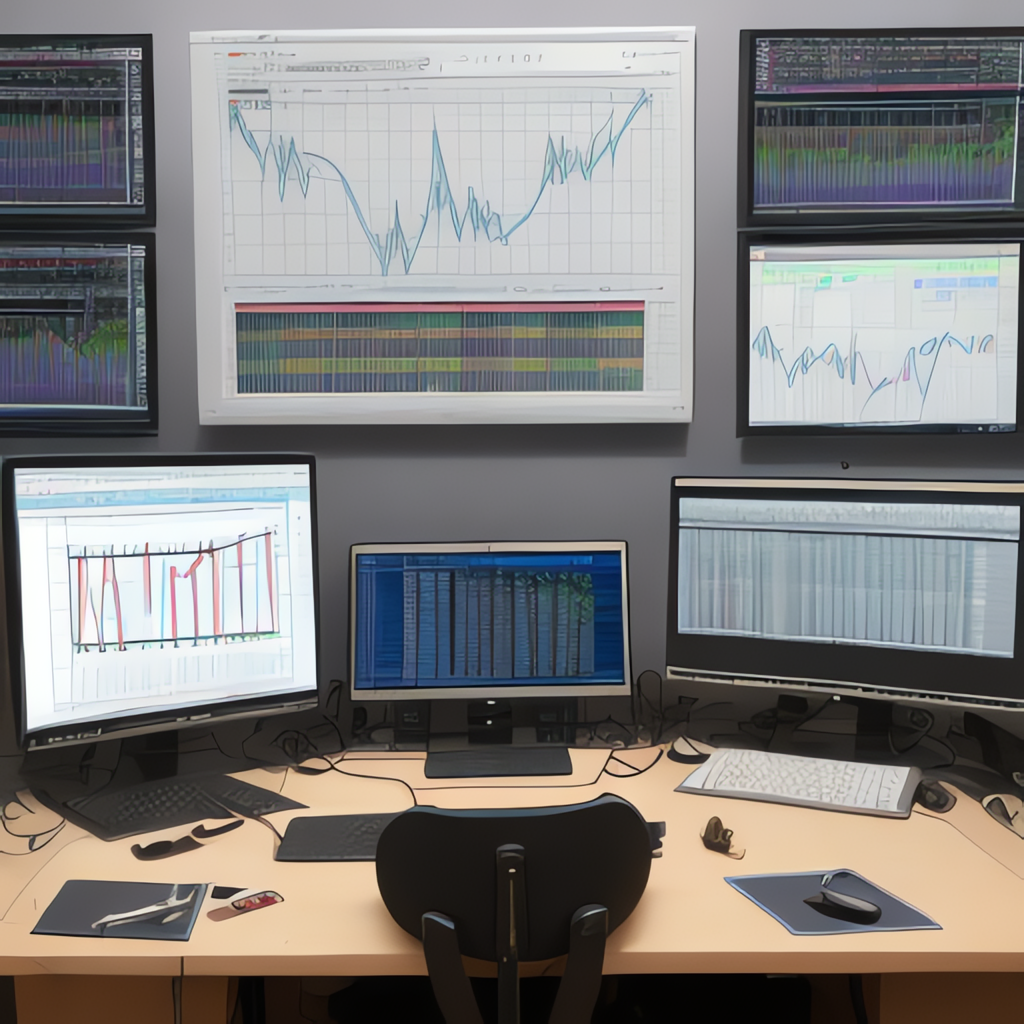In the vast sea of data, visual insights serve as灯塔, guiding us through the tumultuous waves of information overload. Data visualization charts stand as essential tools, transforming complex datasets into digestible, visually compelling narratives. This article delves into the world of data visualization charts—analyzing their importance, understanding the various types available, and exploring practical tips for creating effective vizualizations that deliver critical insights without overwhelming the viewer.
### The Essence of Data Visualization Charts
Data visualization charts are graphical representations of data intended to convey information through images or symbols in a simple and concise manner. They bridge the gap between dry figures and actionable understanding, providing a language that non-experts can easily grasp. A well-designed chart not only communicates the data itself but also enhances the viewer’s experience by highlighting patterns, trends, and outliers, making the information more engaging and actionable.
### The Essential Toolkit
1. **Bar Charts**: Bar charts are among the most commonly used for comparing discrete categories. They are ideal for illustrating comparisons between different groups across a single variable.
2. **Line Charts**: Line charts are the go-to for displaying trends over time. They are excellent for visualizing changes in data points as they move sequentially from one data point to the next.
3. **Histograms**: Histos display continuous data in groups called bins, showing the frequency distribution of data. They are versatile for showing the shape and distribution of a dataset.
4. **Pie Charts**: Pie charts are useful for comparing parts of a whole; however, caution should be exercised due to their potential to be misleading if the number of categories is high or when the proportions are small.
5. **Scatter Plots**: Scatter plots allow comparison of two or more quantitative variables and are instrumental in identifying correlations and patterns that might not be evident through other chart types.
6. **Area Charts**: Similar to line charts, area charts can show trends over time but also underscore the magnitude of changes within each segment.
7. **Bubble Charts**: These charts are akin to scatter plots but can express a third dimension with the size of the bubbles, making them useful for displaying three sets of data simultaneously.
### Crafting the Perfect Visualization
To craft visualizations that truly tell a story, consider the following tips:
– **Identify Your Audience**: Tailor the type of chart and accompanying design elements to fit the level of expertise and the specific interests of your audience.
– **Understand the Data**: Before selecting a chart, it is essential to understand both the data and the message you want to convey.
– **Select the Right Type of Chart**: Choose the most appropriate chart type to highlight the data’s intended narrative without cluttering the message.
– **Use Color Wisely**: Colors can be a powerful tool for emphasizing different parts of the chart. Choose colors that are pleasing to the eye but do not create distractions.
– **Emphasize Clarity Over Fancy Design**: The goal of any chart is to be clear and informative. Overly complex designs can make the chart difficult to comprehend.
– **Minimize Distractions**: Avoid unnecessary elements like shadows and bevels that do not add to understanding but instead distract from the data.
### Conclusion
The essential toolkit of data visualization charts is a fundamental aspect of making sense of thedata-driven world. From the simplicity of bar charts to the dynamic complexity of bubble charts, these visual tools enable us to distill the essence of data into narratives that can range from the enlightening to the transformative. By employing this toolkit thoughtfully and with purpose, we can transform mountains of data into actionable insights that enhance decision-making, communication, and the ultimate pursuit of knowledge.
